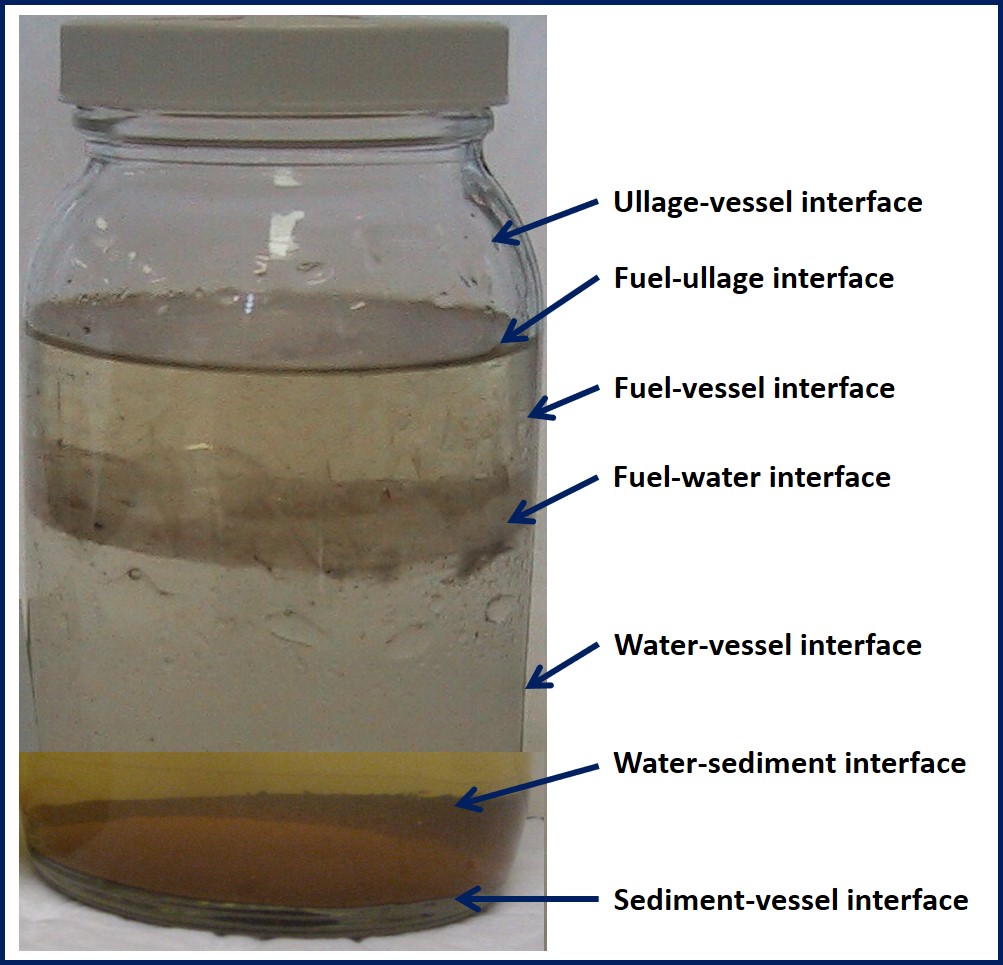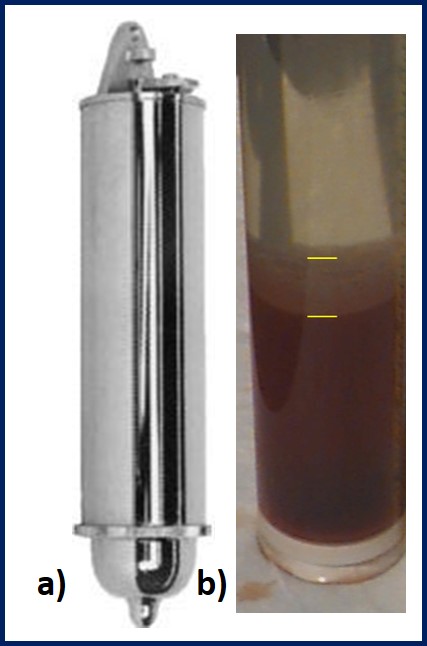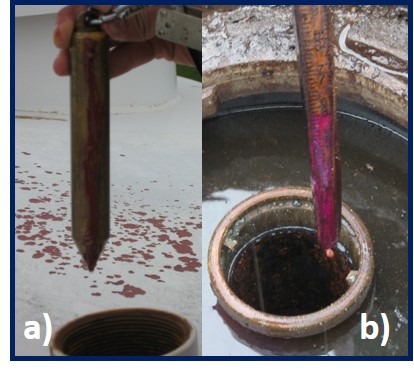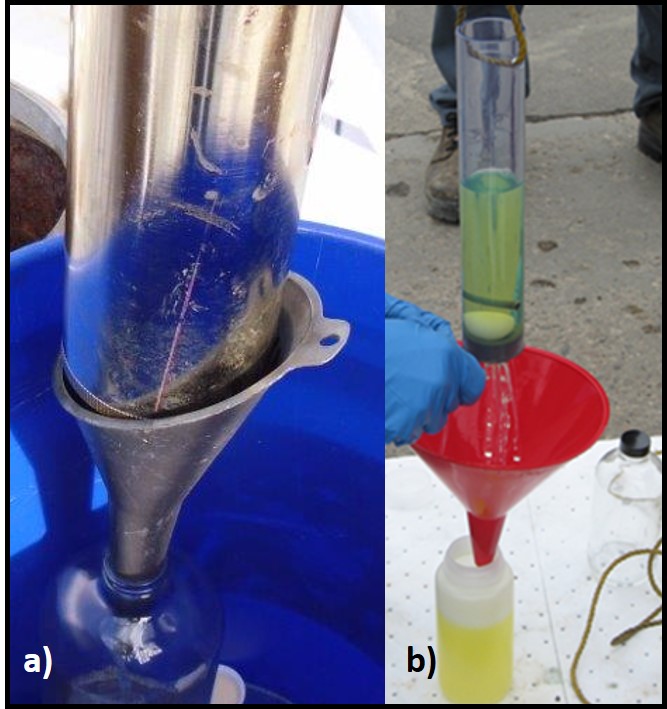REMEMBERING A MENTOR AND A MENSCH – PROFESSOR EUGENE D. WEINBERG 1922 TO 2019
This morning, while reading the Fall 2019 issue of Indiana University Alumni Magazine, I was saddened to read Gene Weinberg’s name in the list of recently deceased IU faculty and staff.
Professor Emeritus Eugene D. Weinberg died on 08 March – less than a week after having celebrated his 97th birthday. Gene was the first academician to have had a profound effect on my life’s path. I know that his memory will be a blessing to all of us who had the privileged and pleasure of knowing him.
I first met Professor Weinberg in 1966 – a few weeks into my first semester at IU. My initial plan was to have been a math major, but within a month, I began to rethink that plan. Having been tinkering with microbiology since my parents made the mistake of presenting me with a microscope for my eighth birthday, I decided to explore the possibility of changing majors to microbiology. In late October 1966, I visited with Professor Weinberg in his Jordan Hall office to explore my options. He advised me that the courses that I was taking were perfectly aligned with those that would be part of a microbiology major. He contacted my original, math department advisor and agreed to become my faculty advisor. From that date through my graduation in June 1970, Gene was always available to offer guidance and to facilitate my efforts to perform extracurricular studies under various Microbiology Department professors. Although I never saw it, I have no doubt that Gene’s letter of recommendation helped me to get accepted into graduate school and receive a full fellowship for my studies at University of New Hampshire.
Gene’s research interest was in medical microbiology. Knowing that my passion was microbial ecology, while I was taking his course in Medial Microbiology, he encouraged me to make my class project ecologically focused. When I went home for Thanksgiving, 1968, I took a suitcase full of sterile, 100 mL glass bottles with me. One the Friday after Thanksgiving, I drove to the Delaware River’s source. From there, and at various bridges located at 50 mi intervals – ending at the Delaware Memorial Bridge, I used a fishing pool, jury-rigged sampling setup to collect samples from each bank and the middle of the river. I then carried the full bottles back to Bloomington (good thing this was before there were suitcase weight limitations or TSA) where I proceed to run culture tests and biochemical taxonomic profiles on each type of microbe that I had detected. I rationalized this survey effort by noting that there was a possibility that the taxonomic profiles along the river’s length might have been indicative of public health risks.
I didn’t realize it at the time, but that project marked the start of my career as a microbial ecologist. I did realize from the outset that Gene was a supportive, encouraging mentor. When others might have said: “you can’t do that!” Gene would always tell me that I had a great idea, asked me if I had thought about various details – which of course I hadn’t, and suggest research papers that might help me to refine my thoughts. Gene was one of perhaps four mentors whose influence shaped my career as a microbiologist. I feel most fortunate for having known him and have benefited from his wisdom, his kindness, and his mentorship.
You can find Gene’s full obituary article at https://www.hoosiertimes.com/herald_times_online/obituaries/eugene-weinberg-phd/article_f86ed715-7dde-5789-9916-40d1e0fb0bfe.html.





